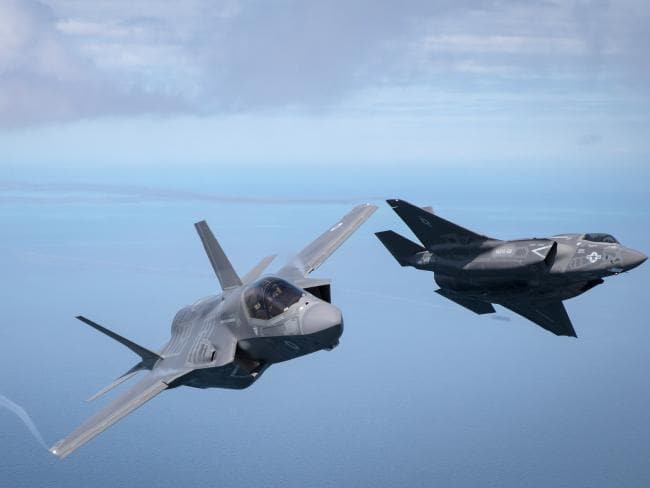The US State Department responded to the price request from Poland for the acquisition of 32 F35As issued a few days ago, by proposing a global price of $6,5 billion for the 32 aircraft, 33 Pratt&Whitney engines. F135, and all electronic control and communication equipment necessary for the use of aircraft. According to the information transmitted, this price therefore does not take into account Maintenance in Operational Condition, nor armament. However, it is likely that training services for pilots and maintenance personnel will be integrated, with the integrated delivery of simulators.
Poland wishes to replace the Mig-29 and Su-22 still in service in its air forces with the American aircraft, knowing that it is targeting a total fleet of 66 aircraft. The first F35As must be delivered in 2026, and the Polish authorities wish to benefit industrial and political offsets around this contract.
Belgium also purchased 34 F35As a year ago, following a hectic call for tenders which pitted the Lockheed aircraft against Typhoon European, and who lives therein France make a direct partnership proposal around the Rafale, like what was proposed around the CaMO program. But the price proposed by the United States and Lockheed-Martin was very different from that offered to Poland, which did not go through a tender procedure. Indeed, the contract signed by Belgium provided for the acquisition of 34 F35As with their engines for only 3,6 Md €, a rate substantially comparable to that proposed by Eurofighter and Dassault.
It therefore appears that the price gap, which doubles from one to two between Belgium and Poland, raises questions in more than one way. Indeed, it is improbable that the offer made to Poland is meaningless, to the extent that the price per aircraft of $200 million corresponds to that paid by Norway, Denmark, or the Netherlands for their F35 For example. How can we explain this extraordinary discount granted to Brussels in these conditions? This exceptional rate has even been reduced to believe the military authorities from the country.

The answer obviously lies in the scope of the offers which differs between the two countries, and above all, in the scope of communication which surrounds the Belgian offer. Indeed, the Belgian call for tenders, which we knew was designed to favor the F35, only took into account the ex-factory price of the device, which generally represents half the price. acquisition thereof, once delivered with the equipment essential to its implementation. In addition, the F35A remains today an extremely expensive aircraft to maintain, with a price reduced to the flight hour exceeds $40.000 according to the US Air Force itself, double the price of a device like the Rafale or Typhoon. Aware of this, the Belgian General Staff had also indicated that Belgian pilots would fly less on F35 than they flew on F16.
The alternative offers to the F35A made to Belgium, whether by the Eurofighter consortium with the Typhoon, or by France around Rafale, also proposed a contract close to €3,5 billion for 34 devices, but this price included the elements and tools allowing the implementation of the devices, such as test benches, simulators etc. They also included, and above all, very high industrial compensation, exceeding €20 billion over 10 years, where the promises of American industrial compensation were both very vague and non-binding. All the less restrictive as Lockheed has made a habit of offering these compensations to all countries wishing to acquire the F35, knowing full well that it will be impossible to divide the F35 pie beyond a certain point.
In fact, it is not so much the price proposed by the FMS to Poland for the acquisition of 32 F35As on the indicated perimeter which represents an anomaly, but rather that proposed to Belgium. To this, there are now two attitudes to adopt, the first consisting of reveling in the certainty that Brussels has managed to negotiate an exceptional price well below that offered to other customers of the device, the second being to evaluate the exact costs of this order, then compare them, on an equal basis, with the offers made by the United Kingdom and France. This approach generally takes an enlightening look at the real situation, such as the Norwegian authorities have been experimenting with it in recent months. It is also surprising that in a country whose political class questioned until the end the relevance of replacing its F16s, because they consider the investment of €3,5 billion excessive, no one asks this question anymore. ….



